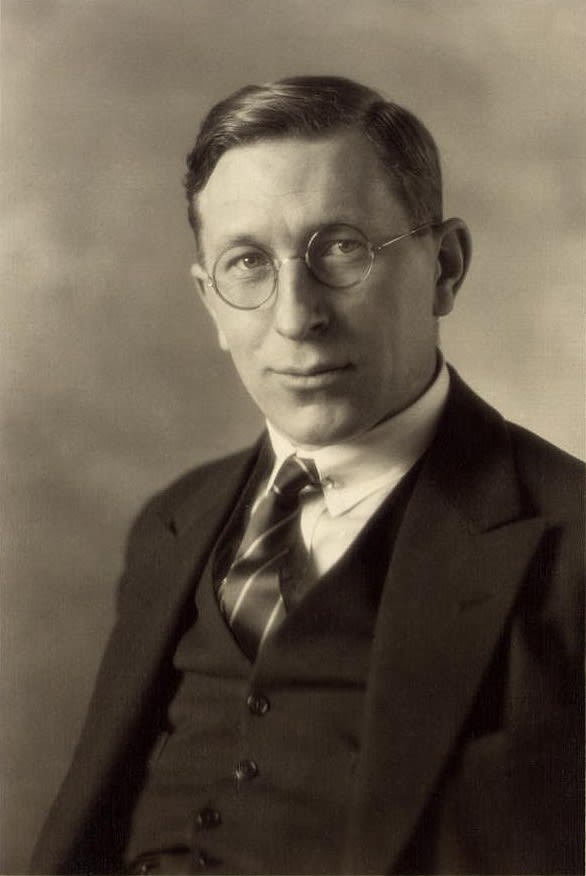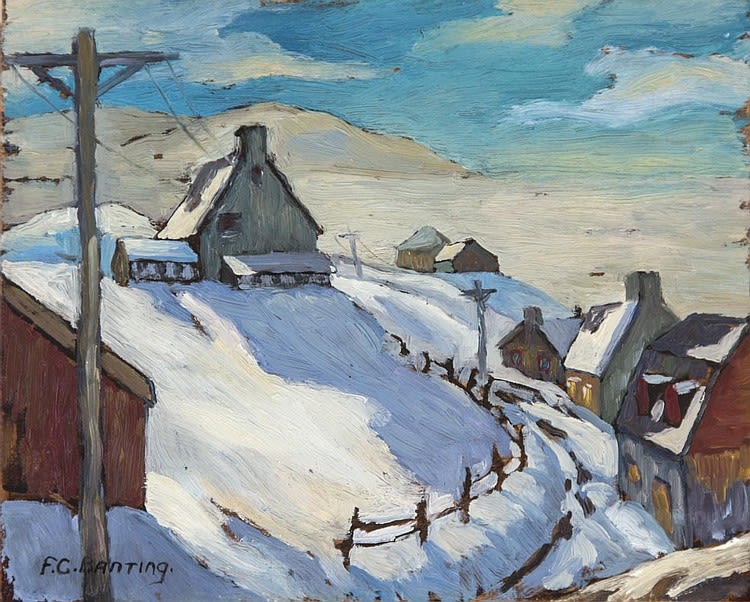
A Pioneering Medical Mind

Banting's medical career is well-documented and celebrated, especially his role in the discovery of insulin alongside J.J.R. Macleod, for which they were awarded the Nobel Prize in Medicine in 1923. This discovery transformed diabetes from a fatal diagnosis to a manageable condition, earning Banting a revered place in medical history. His decision to share his Nobel Prize money with Dr. Charles Best, who was instrumental in the insulin research, reflects his character and commitment to collaborative success. Further honoring his contributions, the Banting Historical House in London, Ontario, serves as a lasting tribute to his legacy.
An Artistic Soul Unveiled

Parallel to his scientific acclaim, Banting nurtured a profound passion for art. His artistic endeavors began as early as 1920, with his works encompassing paintings, drawings, and serigraphs. His exhibition of oil sketches at the Hart House Sketch Club in 1925 marked the public inception of his artistic journey. The intersection of his experiences as a World War I veteran and his artistic exploration led to a pivotal friendship with A.Y. Jackson, a fellow war veteran and a prominent member of the Group of Seven. This connection was deepened by their shared experiences, love for the Canadian landscape, and mutual respect for each other's work.
The Artistic Journeys of Banting and Jackson

Banting and Jackson's friendship facilitated numerous painting expeditions across Canada, including ventures into the Canadian Arctic and Greenland, the Great Slave Lake area, and various regions along the St. Lawrence River. These trips were not merely artistic retreats but also expressions of their shared Canadian identity and their desire to capture the essence of the nation's landscape. Banting's works from these journeys, often created under aliases to maintain a semblance of anonymity, exhibit a profound engagement with the environments he encountered.
Legacy and Recognition in Art

Despite his intention to retire from medical research at age 50 to dedicate himself entirely to painting, Banting's life was cut short at 49 in a tragic air crash in 1941. However, his artistic legacy continues to resonate, with posthumous exhibitions at prestigious venues such as Hart House, the Art Gallery of Ontario, and others. His works, housed in both public and private collections across Canada, stand as testament to his artistic talent and his enduring fascination with the natural world.
Conclusion
Sir Frederick Grant Banting's life and work exemplify the profound potential of human curiosity and creativity, bridging the realms of science and art. His legacy in medicine is unparalleled, yet his artistic pursuits offer a deeply humanizing glimpse into the soul of a man who sought understanding and expression in every facet of life. In commemorating Banting, we celebrate not only a titan of medical science but also a passionate artist whose vision transcended the boundaries of his time.